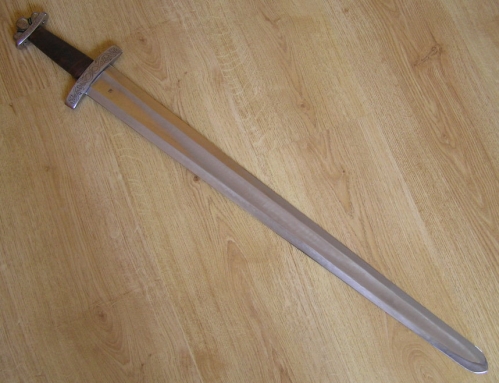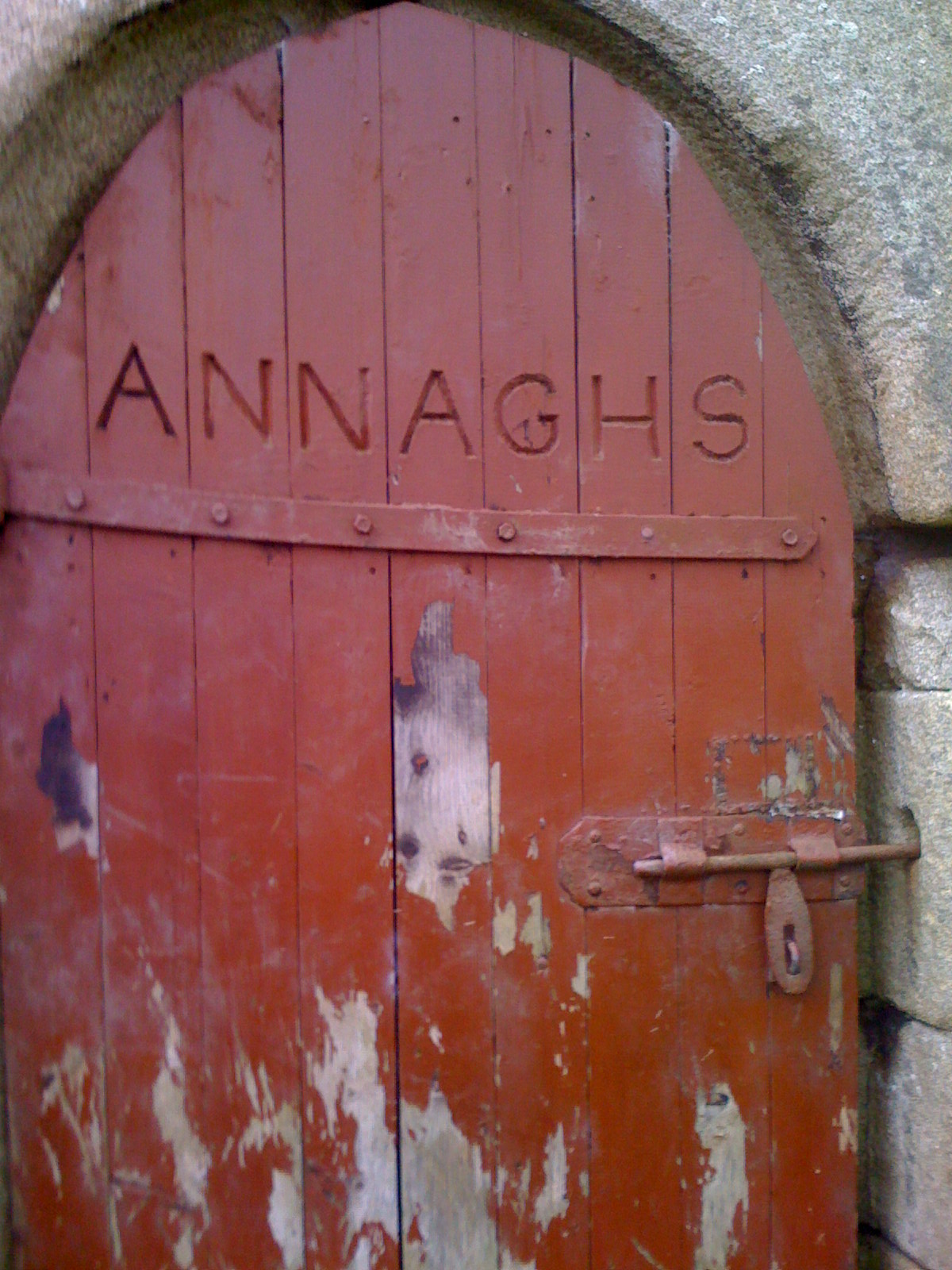
This viking sword was forged in the 9th-10th century and used in Northern, Western, and Central Europe.
Swords go hand-in-hand with “knights in shining armor” or Vikings as well as gladiators and Greco-Roman soldiers. Swords are also one of the four suits (with Wands, Cups, and Pentacles) of the Tarot’s Minor Arcana. In tarot readings, swords correspond to the element of Air, and therefore signify freedom but also quick change. The Swords suit also traditionally represented the military, which implies strength, power and authority, but also responsibility, violence and suffering. Most readers today, however, interpret Swords in terms of thought and mind, ways of thinking or organizing the world even though certain of the cards retain interpretations of sorrow and anguish.
One of the four traditional tools of the occult practitioner, the sword or athame often — for practical reasons — becomes a small dagger or knife. It is used to cut and loose in a variety of circumstances or demarcate boundaries, as in tracing the outline of a magic circle or other geometric shapes (ex. pentagrams). It was also used to kill in ritual settings, such as offering a sacrifice (an animal) or in cases of alleged ritual murder.
The constellation Orion, easily identified by the 3 stars that form his “belt,” is said to depict the great warrior wielding a sword in the heavens as he prepares to strike a scorpion (which had been sent by a goddess to torment Orion); this battle between the Hunter and the hunted scorpion is said to be the reason that Orion and Scorpius (a sign of the zodiac) never appear in the night sky together. (Hungarian folklore identifies Orion with Nimrod, the great hunter in Genesis 10. In Scandinavian tradition, “Orion’s belt” was known as Frigg’s Distaff (friggerock) or Freyja’s distaff but the Finns call the Orion’s belt and the stars below it as Väinämöisen viikate (Väinämöinen’s scythe), keeping the association with the magical sword.)
In modern playing cards, the tarot suits have developed from Swords into Spades, Wands into Clubs, Cups into Hearts, and Pentacles into Diamonds.


